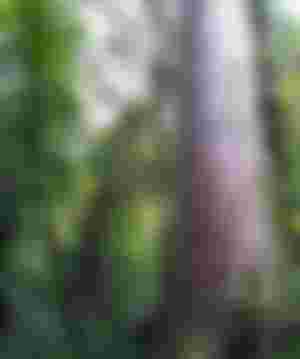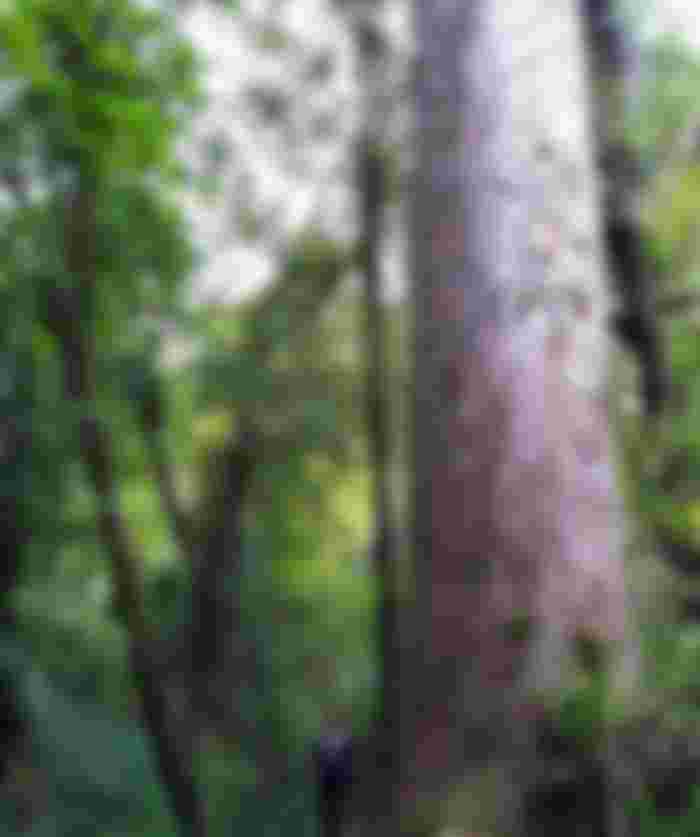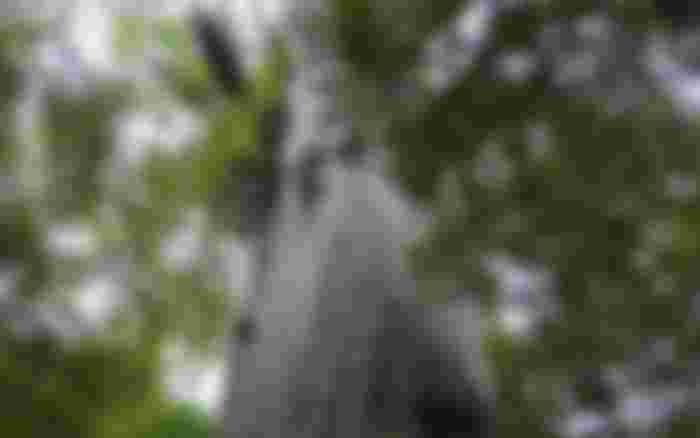The subject of this article will be the story of kauri trees. Kauri, a tree species native to New Zealand, is also one of the oldest and largest tree species in the world. In the past, while a large part of New Zealand's North Island was covered with kauri forests, unfortunately, although they continue to exist in a small area, their species are in danger of extinction due to disease. Although they have made a place for themselves in many forests in the North Island, the only place to go to see their natural habitat and witness their splendor is the Waipoua Forest, located in the Northland Region in the north. In this article, I will share some of the largest living kauri trees that I could see closely during my trip to this forest and the pictures I took.
The Kauri, with its scientific name agathis australis, have found themselves in the forests of today's Auckland, Waitekere Range, Norhtland Region, Coromandel Peninsula. There are no kauri forests on the South Island, but in Dunedin, one of the cities in the south, there are kauri trees that were later planted by human hands.
A comparison of the size of a giant kauri tree with Nana 🙂
In addition, according to the fossil record, it was understood that kauri once existed in Invercagill, the southernmost city of the country. These trees, whose existence on the northern island dates back to approximately 20 million years, have also become one of the important values of New Zealand with their height exceeding 50 meters, their circumference of 16 meters and their life span of more than 2000 years. In the past, it was used by the Maoris to make canoes (Waka in their language), carving and ornaments, and building houses. Apart from these, they used the resin from kauri trees to make fire and chew. The breaking point for these trees, which covered 1 million 200 thousand hectares of the North Island in the past, coincides with the discovery of New Zealand by the Europeans.
While they have existed for millions of years in the lands where they are located, they were started to be destroyed on those lands by the people of the 18th century who came later, and when their existence was in danger of extinction, they were taken under protection. However, this time, they are faced with extinction due to the disease in the soil they are on, unfortunately there is no known cure for this disease for now, although relevant research and studies have been carried out.

Kauri trees were first noticed by Europeans in 1772 by French explorer Marc-Joseph Marion du Fresne, one of the first Westerners to come to New Zealand, who was later attacked and killed by a Maori tribe around the Bay of Island, and may even be eaten in some sources. He also writes. Noticing the gigantic, durable and smooth trunks of the Kauri, the Europeans, especially the sailors, began to systematically cut and destroy these trees, turning them into trade tools. They exported the logs, which were cut especially for use in shipbuilding, to Europe, America and Australia, especially the United Kingdom, by ships. Besides; Vast forests covered with kauri have been destroyed for reasons such as meeting the increasing demand for timber to build houses for newly arrived immigrants, opening up agricultural areas, and even for gold mining companies on the Coromandel Peninsula to be able to move towards the resources in the forests. The leading actor of this destruction was a company called Melbourne-based Kauri Timber Company. This company, which was formed by the money men in Australia, declared its monopoly in the sector by purchasing the kauri sawmills that went bankrupt after the sector expanded and exceeded the demand in the 1880s, and the lands of the kauri forests in regions such as the Coromandel Peninsula and Great Barrier Island. and became the largest timber producer in the southern hemisphere at that time.

In the meantime, since it is not possible to carry the giant kauri logs in the inner parts of the forests in the regions where transportation is difficult, it is not possible to remove the logs from the forests by transporting them via water currents as a solution. However, since the water sources with currents that can carry huge logs and heavy logs are not found in the forest, these areas where dams were built and they are called kauri dams. So much so that in the 19th and 20th centuries, around 3000 kauri dams were built just for this purpose. And these dams were not built by competent engineers, but by foresters who were engaged in cutting trees in forests.
In these dams, which were built with rough engineering in places where there are water sources such as rivers and streams in the forests, tons of water were kept together, and the kauri logs cut in the vicinity were thrown into the dam and floated on the water until the dam was filled with water.
Sometimes, after waiting for months, when the amount of water reached a sufficient level, the dam's doors were opened with explosives, and those kauri logs inside the dam could be transported from the forests to the sea or river with the current of the dam, which was discharged like flood water. They were then chained together and transported to the sawmills that were set up nearby. In this way, difficult to transport and large logs in inaccessible forests could also be transported to sawmills for processing. With the prohibition of slaughtering the kauri, the kauri dams have disappeared, of course, but a few of them still exist as remnants from those days.
Pictured are kauri drifting by the current of a burst dam in the Waitekere District, photographed in 1922.
As a result of all these systematic cuttings, the existence of the kauri, which covered 1.2 million hectares until the end of the 1700s, continues today on an area of only 7,000 hectares.

